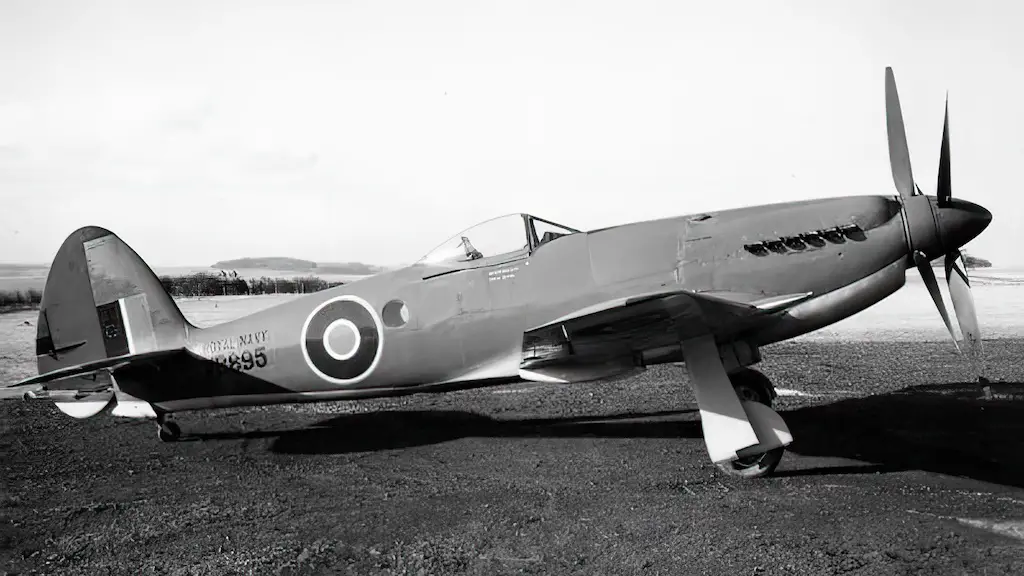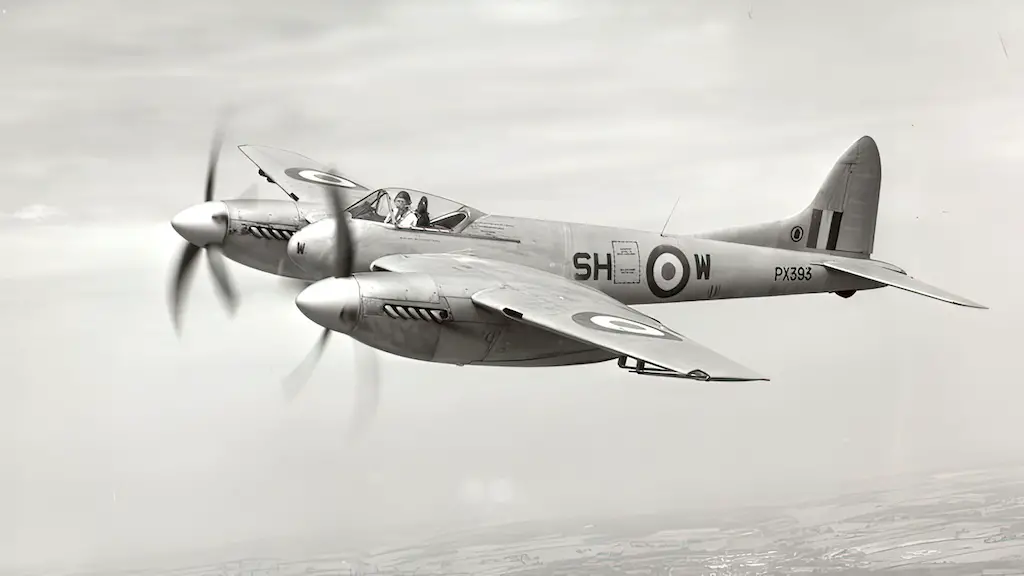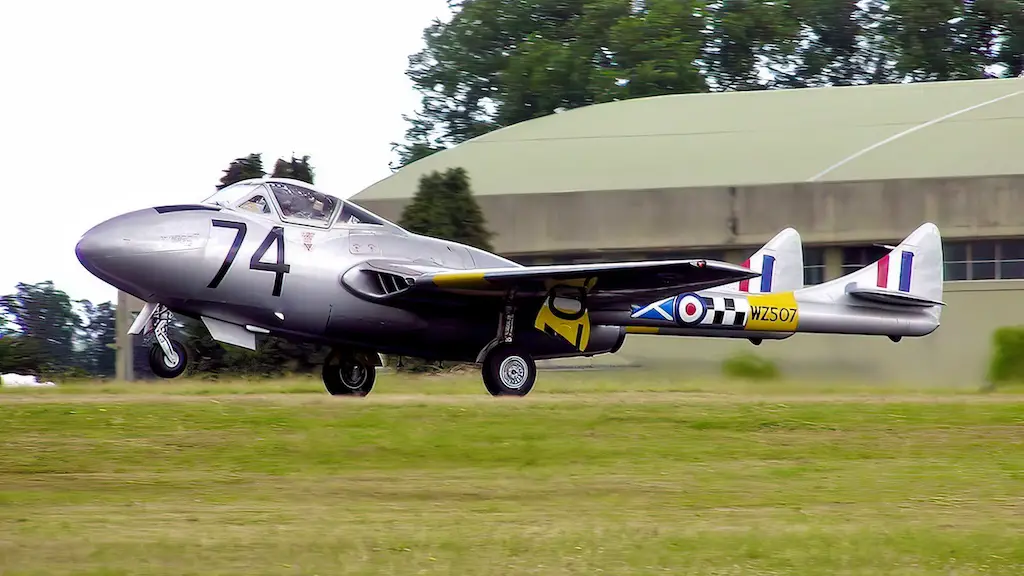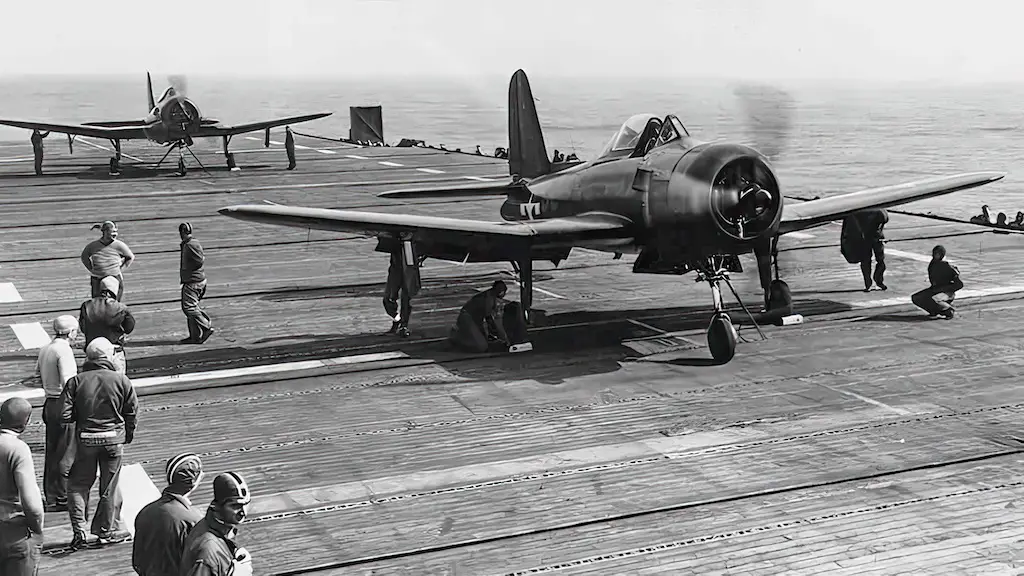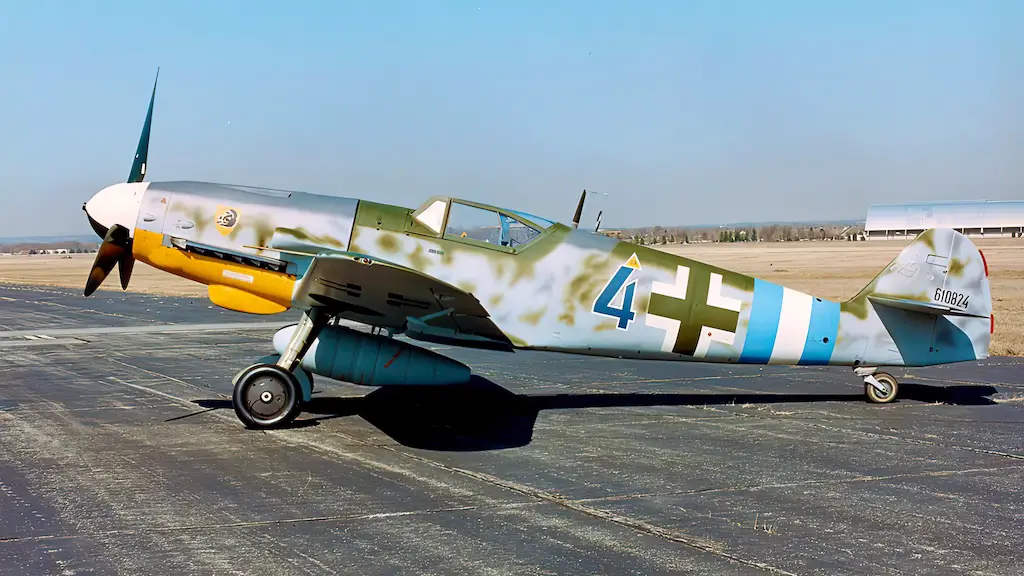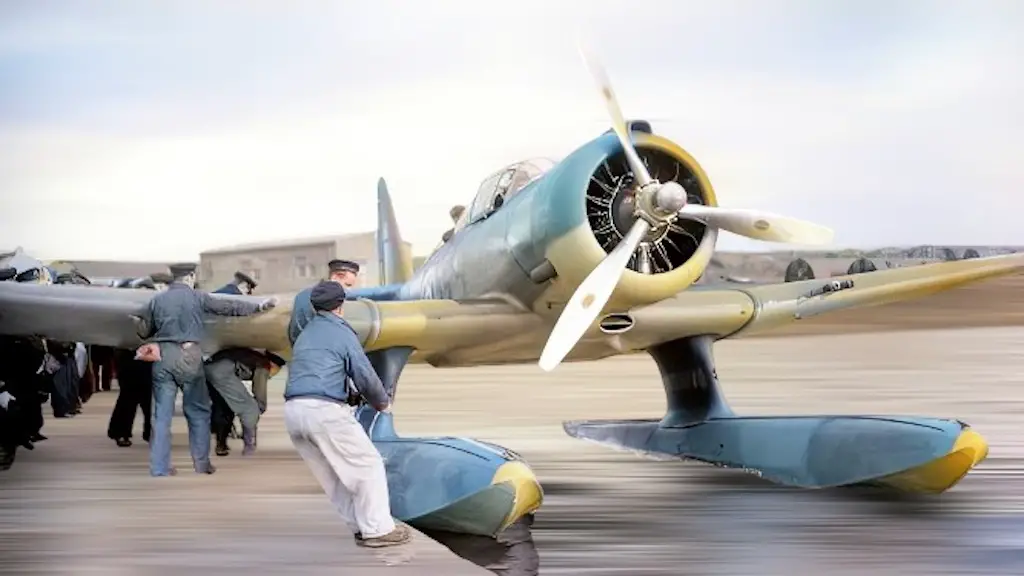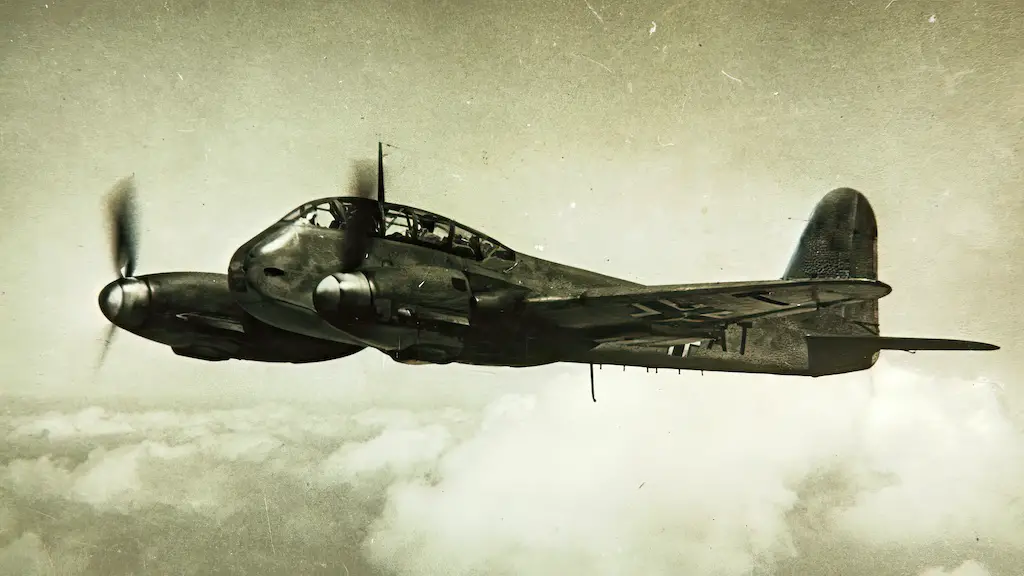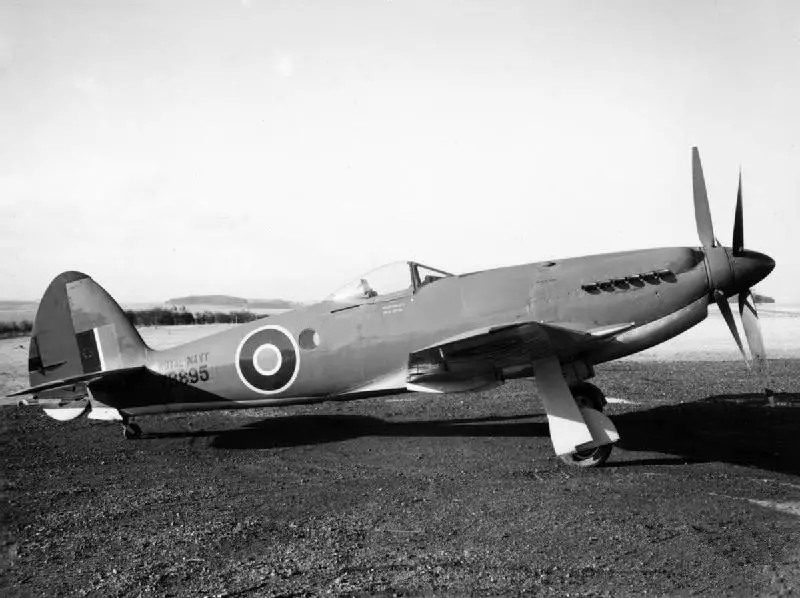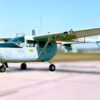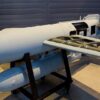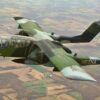Roots in a Battle-tested Lineage
The Supermarine Seafang is a direct descendant of the illustrious Supermarine Spitfire, the iconic British single-seat fighter aircraft that played a key role in World War II. The British aviation company, Supermarine, developed the Seafang in the mid-1940s as a potential successor to the Supermarine Seafire, itself a naval adaptation of the Spitfire.
The Seafang was designed with one specific purpose: to enhance the capabilities of the British Royal Navy’s Fleet Air Arm. This aircraft, conceived at the end of World War II, promised to offer superior speed, range, and firepower. It was an embodiment of the lessons learned from countless air battles over Europe.
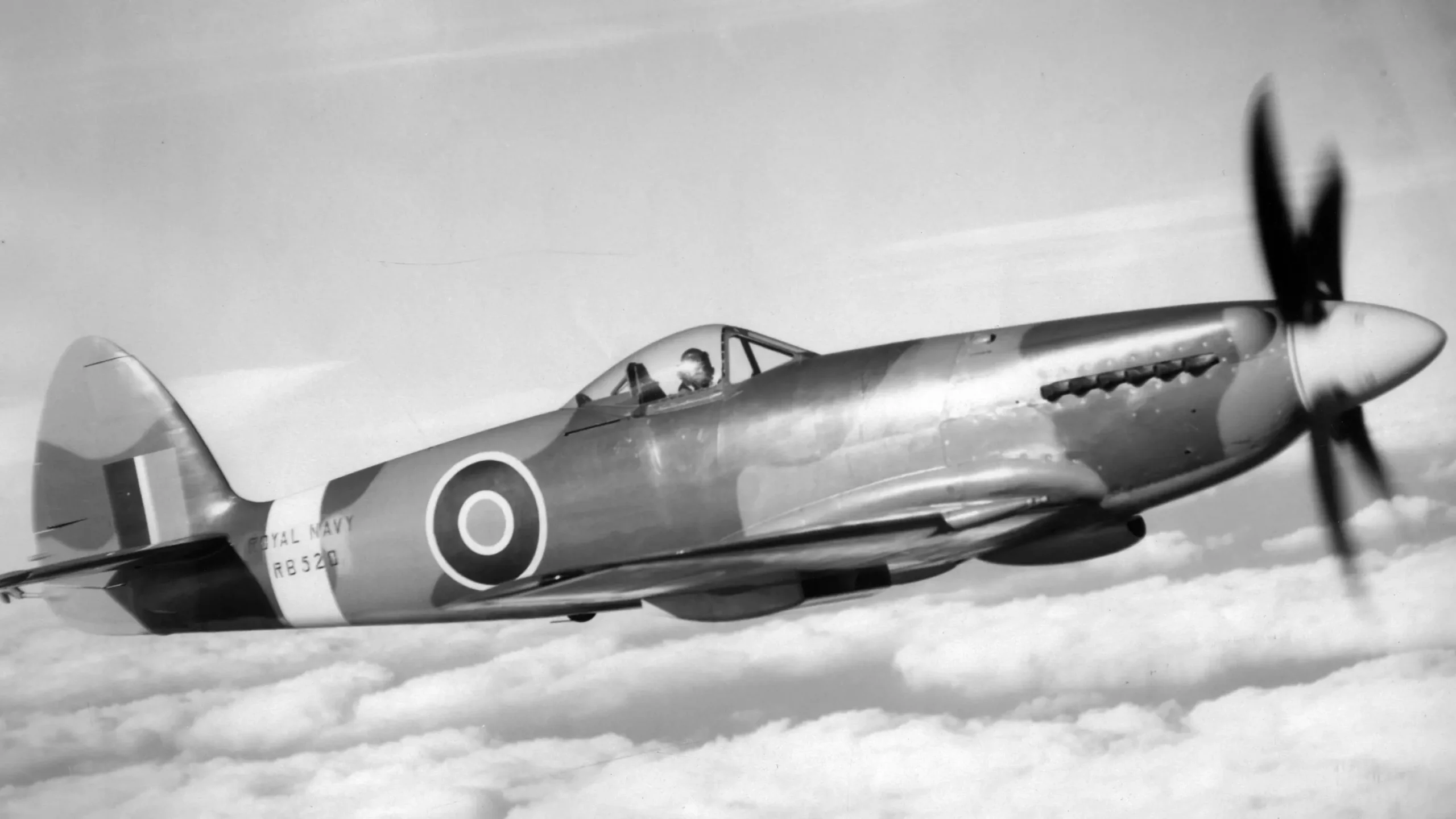
Soaring Beyond Known Limits
The Supermarine Seafang boasted a number of innovations that pushed the boundaries of contemporary aviation technology. The Seafang stood proud as an exemplary fighter-bomber. Its features were nothing short of formidable, with the heart of the beast being a Rolls-Royce Griffon 89 or 90 engine. Coupled with a five-bladed propeller and an avant-garde contra-rotating system, this configuration was designed to push the aircraft’s speed beyond conventional limits.
Under the hood, the Seafang packed a hefty 2,350-horsepower engine, allowing the aircraft to hit staggering top speeds of 455 mph (733 km/h). It could soar to a ceiling of 44,500 feet, dominating the sky with ease. Moreover, its ability to transport an astonishing payload was another feather in its cap. Whether it was two 1,000-pound bombs or a set of eight unguided rockets, the Seafang was ready for any mission.
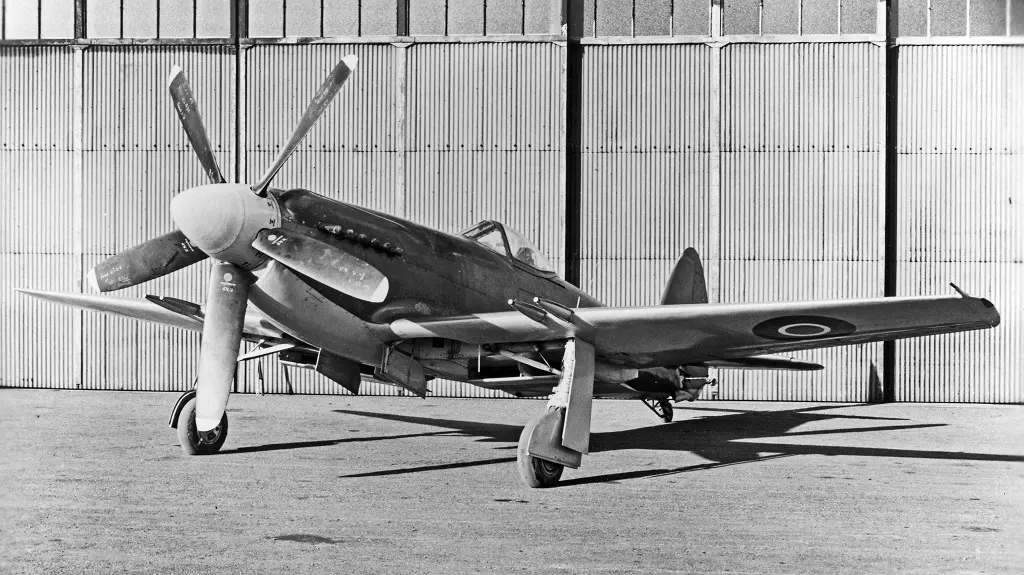
A Powerhouse Unleashed
The Seafang was a beast in flight. Its griffon engine roared with power, pushing the aircraft effortlessly through the air. The contra-rotating propellers, a technological marvel, eliminated the torque effect, giving the plane exceptional stability.
Pilots who flew the Seafang noted its agile handling and responsive controls. The contra-rotating props and the wing design gave it a rapid climb rate. In spite of its speed, it had a forgiving nature, making it an approachable yet potent platform for pilots of varying skill levels.
Triumphs Unrewarded
Despite its impressive performance and capabilities, the Supermarine Seafang never made it past the prototype stage. The reason lies in timing and technological progress. As the Seafang neared production readiness, jet engine technology was making significant strides. The advent of jet-powered aircraft promised faster speeds and higher service ceilings, making propeller-driven aircraft seem outdated.
Moreover, World War II was drawing to a close. The demand for military aircraft dramatically declined, and with it, the Seafang’s chances of seeing mass production. As the war ended, so did the immediate need for a new generation of propeller-driven fighters.
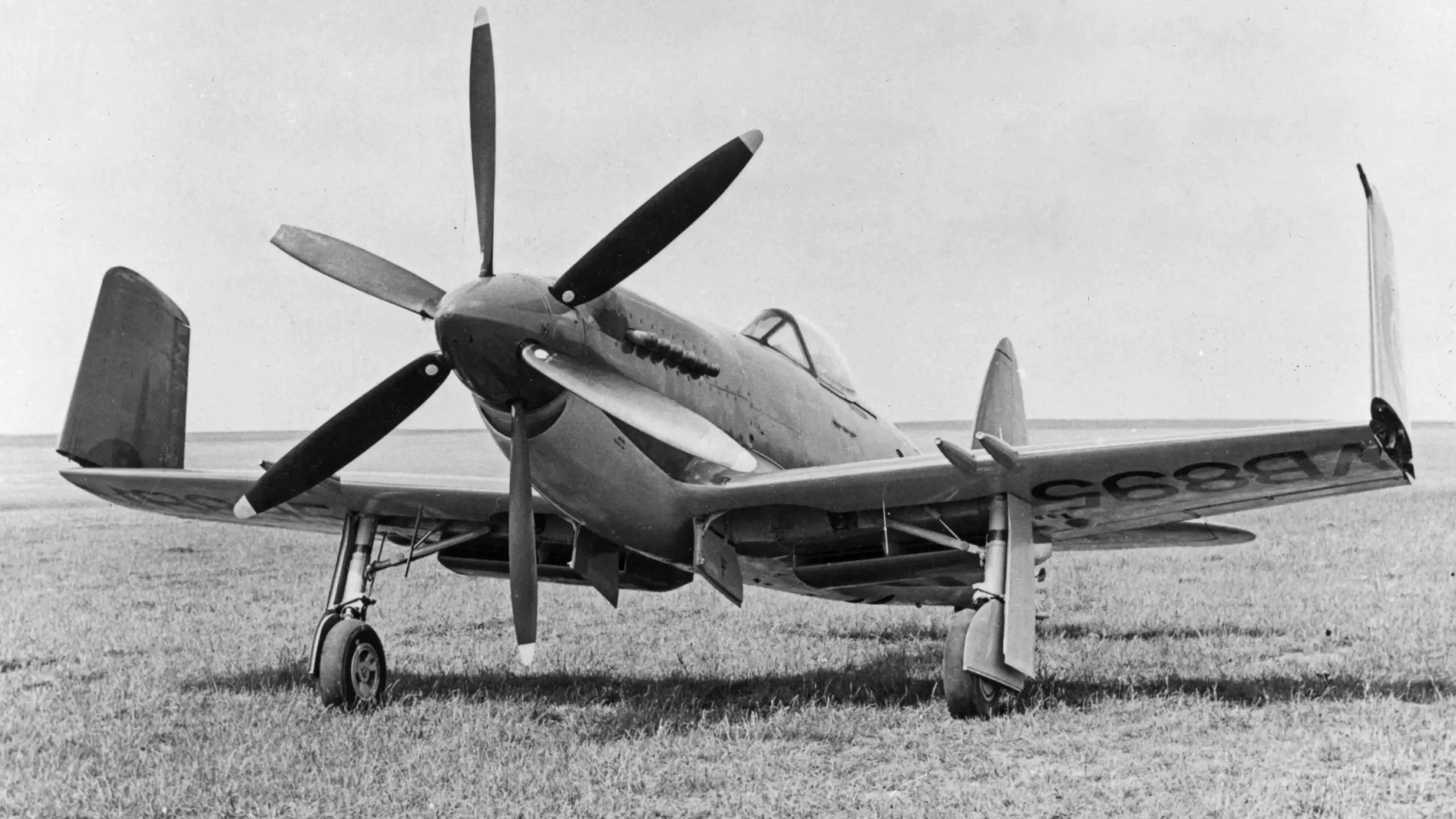
Artifact of the Propeller Era
While the Seafang was a marvel of its time, it wasn’t without its limitations. One of the main shortcomings was the range. With an operational range of just over 600 miles, the Seafang fell short of the increasingly global nature of post-war military operations.
The arrival of the jet age also rendered the Seafang’s impressive speed and ceiling almost irrelevant. Jet aircraft could fly faster, higher, and farther, rendering propeller-driven fighters like the Seafang obsolete. This, coupled with the declining demand for military aircraft in a post-war world, spelled the end for the promising Seafang.
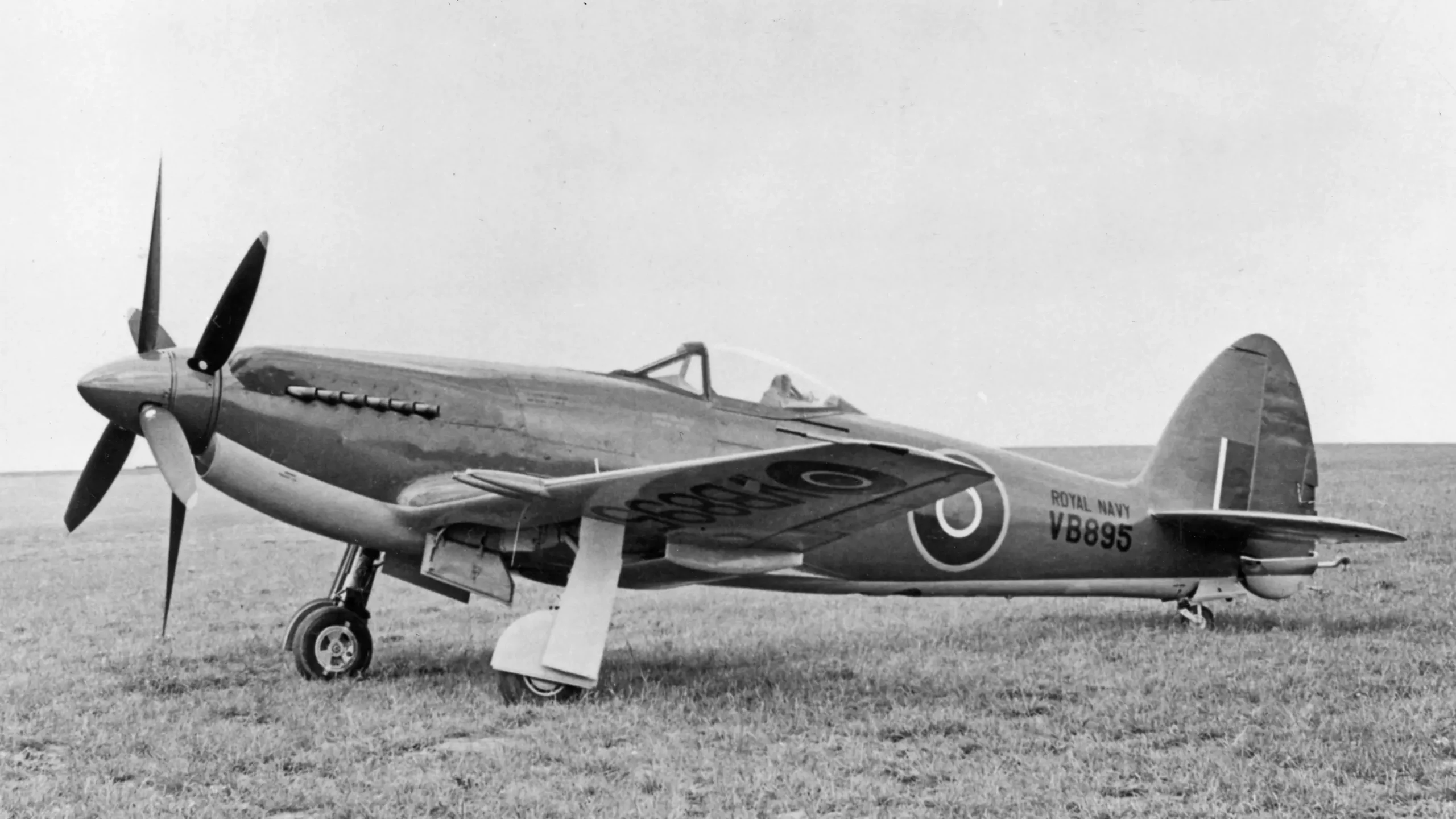
Fading Into History
The Supermarine Seafang, a promising leap in aviation technology, now stands as a stark reminder of the speed of progress. Despite the impressive feats it achieved and the potential it promised, the Seafang was eclipsed by the advent of a new era in aviation.
Yet, the Seafang’s legacy endures. As the epitome of propeller-driven aircraft engineering, it stands as a shining tribute to the technical mastery of its era. It echoes a past when the humming of propeller engines was the king of the skies.
The Seafang’s narrative remains an indispensable slice of aviation chronicles. It embodies an inspiring saga of dazzling innovation, unwavering advancement, and the unyielding tread of time. It stands today, not as a monument to defeat, but as a beacon of human aspiration, resourcefulness, and the ceaseless chase for perfection.

